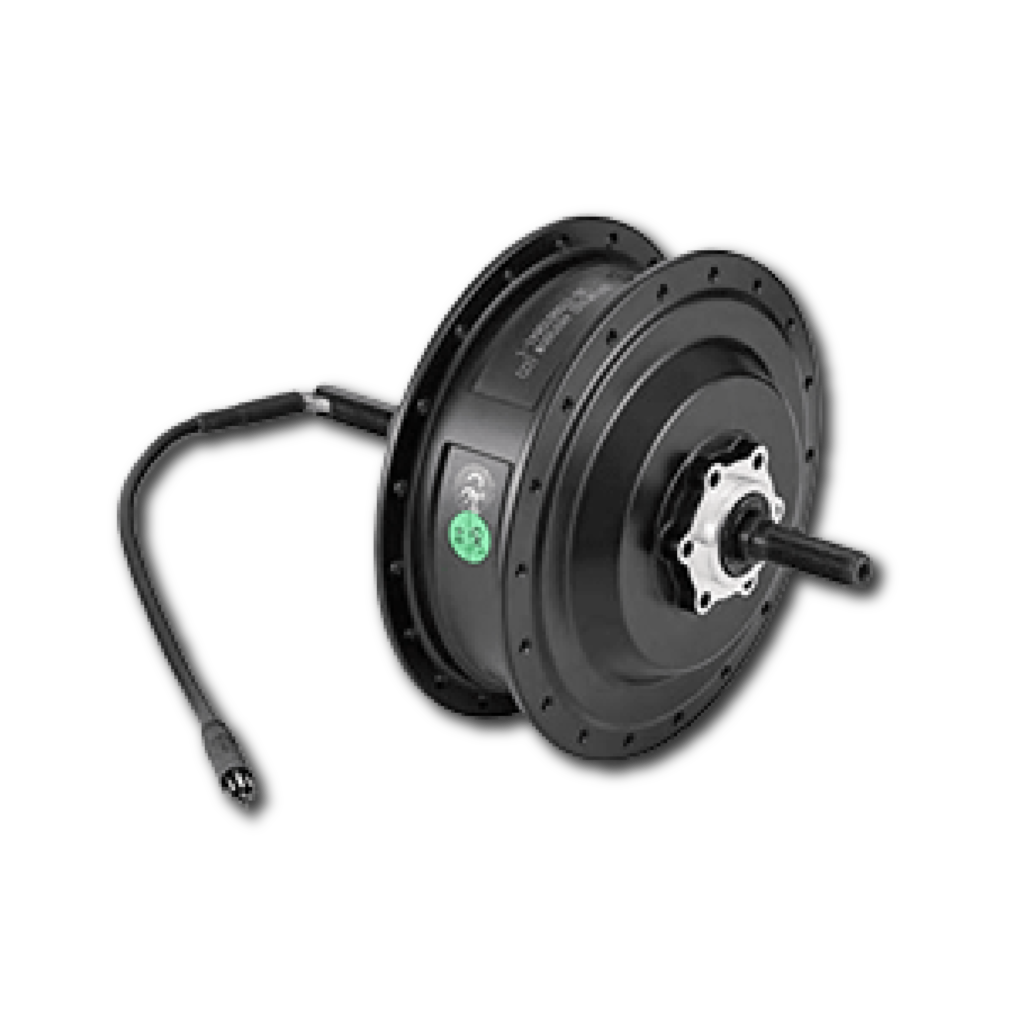E-Bike (Electric Bikes) today are more popular than ever before and they are available at prices that vary from low to high. If you are thinking about buying one yourself, then it’s more possible than not that you are looking around and researching the various types of motors that run an electric bike. This blog’s purpose is to help you select the right motor for your to-be E-Bike.

HOW TO SELECT THE RIGHT MOTOR FOR YOUR E-BIKE?
Location

The first thing you need to know about e-bikes is that they are here to stay. They are going far away anytime soon. If you are pondering whether you should get yourself an e-bike or not, then you’ve come to the right place. This blog is all about helping you get to know the benefits that come along with getting an e-bike. This blog lists only 10 of the many reasons on why you should get an e-bike immediately.
The most significant advantage of a hub motor is that it is relatively simple and straightforward to do a conversion once you get a wheel built around the motor – just replace the wheel, connect the battery, and you’re ready to go. Mid-drive motors are located between an e-bike’s cranks, that is, they replace the crank and chainring through the bottom bracket of your bike. The advantage of these motors (such as those that come with our Mid-drive kit) is that they have the upper hand when it comes to using the gears and keeps the weight distribution low, and near the center of your bike.
VOLTAGE & POWER

Before buying yourself the perfect electric bike kit, you need to understand the role that the voltage and power of a motor play. In most cases, the watt rating on an electric bike motor describes how much energy the motor can continuously handle or consume, while the voltage is the measurement of the pressure that can be contained in a battery. The electric tension described here is the potential power in an electric bike system.
It is pretty important to look at the number of volts in an electric bike battery relative to the bicycle’s configuration since you want the battery and motor to work together to get the desired performance. One thing you need to fathom is that neither of these numbers will necessarily get you a faster speed. Top speed is generally capped at 32 or 45 kmph depending on the system of the bike. Lower power motors are alright for a relatively flat path where you’ll be able to get the speed of 32 mph or more. More power is needed when you are carrying an additional load with you or going uphill. It will also accelerate a little faster and will help you go faster uphill. Our most powerful motor comes with the High-Powered Kit with a 350 W power motor. However, if you don’t need to sustain maximum power, an average voltage system (such as our 36V 250W Premium, Delight, and Gearless Kit) will work just fine.
PRICE

Ofcourse, one of the most important factors that people consider during the conversion of their regular bike into an electric bike is the expenses. More often than not, people end up choosing those motors which cost less, trying to grab onto as many features as possible with their limited budget. Hub motors are generally the least expensive and electric bikes fitted with this motor is a deal for leisurely rides around your city.
Mid-drive motor, although expensive, are known for their higher performance and torque when compared to a similarly powered traditional hub motor. Choosing the right type of motor for your E-bike might seem like a difficult task, but we hope that this blog will help you in one or another way. We’ve tried to incorporate every factor that can influence how well your E-bike functions.
LICENSE OR NOT

In general, every electric vehicle in India has to get the Automotive Research Association of India (ARAI) approval. But if the Electric Bike has an electric motor of a power (upto) 250W and speed not exceeding 25 KM/Hour – there is no need for a license.

 From India
From India 